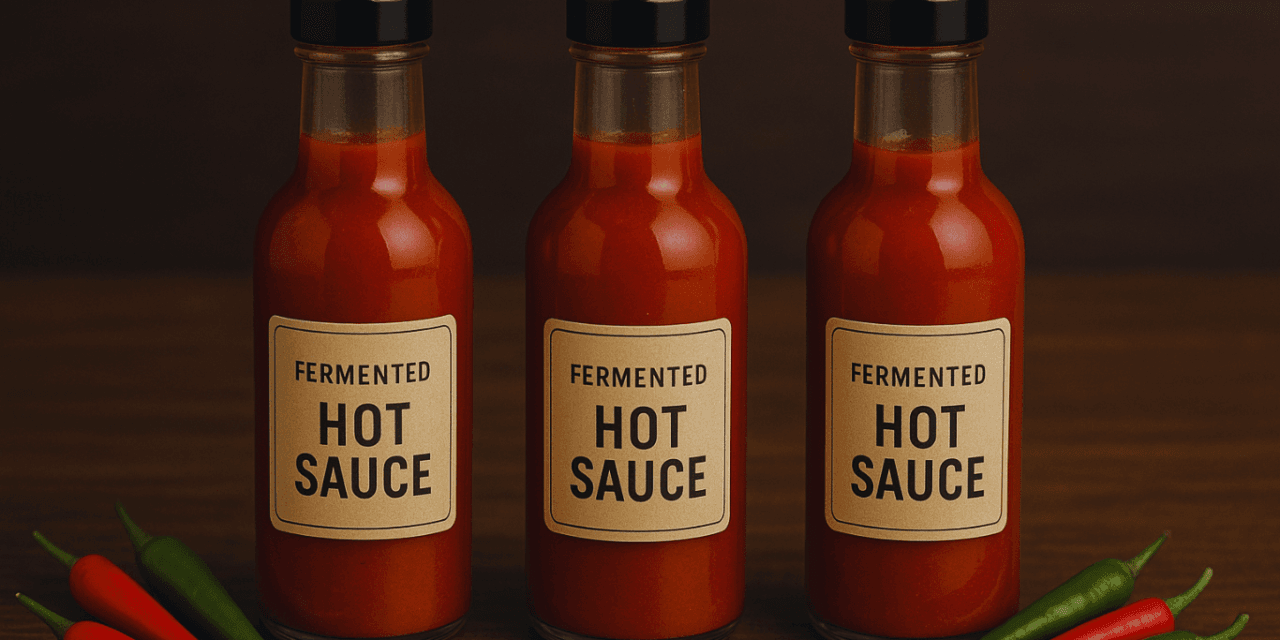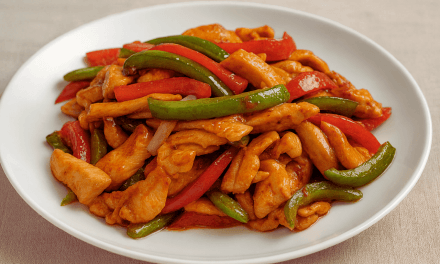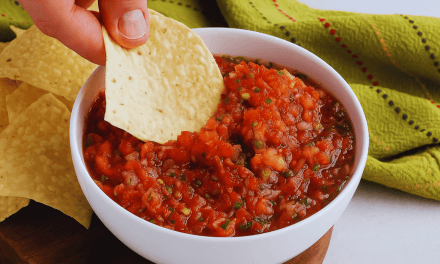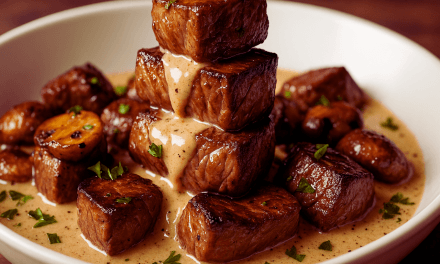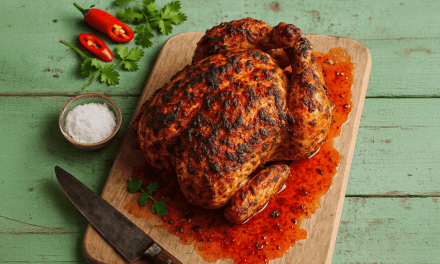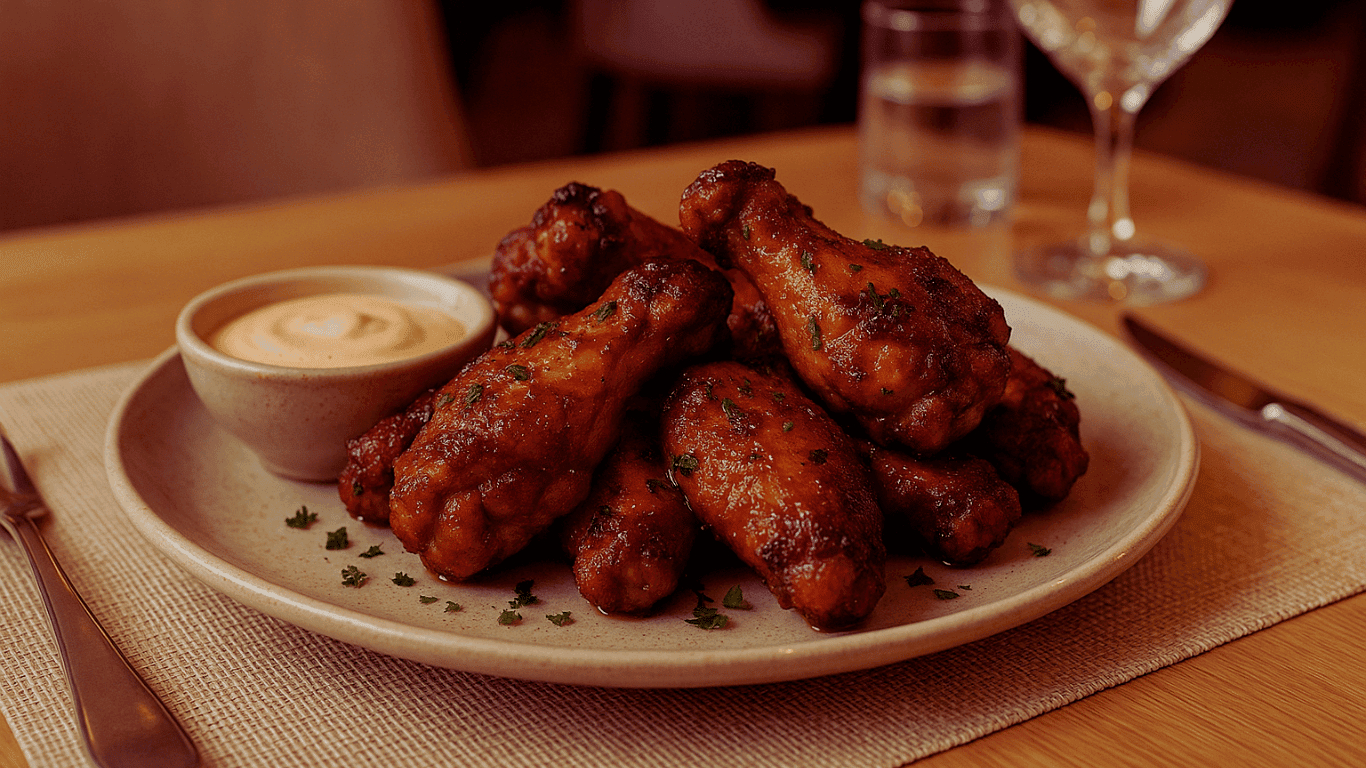Ingredients
-
F1 Super Chilies (or similar thin-skinned, small peppers)
-
Pickling salt, kosher salt, or pure sea salt without preservatives
-
Cold water
-
Optional: Dried thyme (about 1 teaspoon)
-
White distilled vinegar (or other flavored vinegars)
Equipment
-
Kilner or standard pickling/preserving jar
-
Lid with a hole for a bubbler
-
Bubbler/Airlock
-
Kitchen scale
-
Blending jug
-
Blender
-
Optional: Sieve
-
Bottles for the finished sauce
-
Funnel
-
Optional: pH meter
Instructions
Phase 1: Fermentation
-
Prepare the Peppers: Pick ripe peppers, rinse them thoroughly with cold water, and chop them. Wearing gloves is highly recommended. Pack the chopped peppers tightly into your jar, filling it at least three-quarters of the way.
-
Make the Brine: Weigh your water (for a 500ml jar, use about 500 grams of water). Calculate the salt amount for a 2-3% concentration (e.g., 10-15 grams of salt for 500 grams of water). Dissolve the salt completely in the water.
-
Combine: Pour the brine over the peppers in the jar, ensuring they are fully submerged. Leave a small air gap at the top to prevent the liquid from touching the airlock. Fit the lid with the bubbler on tightly and add a small amount of the brine to the bubbler to create the airlock.
-
Ferment: Place the jar in a consistent temperature environment, around 20°C (68°F), for about two weeks. Gently swirl the jar every other day to ensure any floating peppers are coated in brine and to prevent mold. You’ll know it’s working when you see cloudiness and bubbling.
Phase 2: Making the Sauce
-
Check the Ferment: After two weeks, the peppers should have a fresh, pleasant pickled smell.
-
Blend: Strain the peppers and transfer them to a blending jug. Add any optional ingredients like dried thyme. Blend the peppers until mashed.
-
Add Vinegar: Weigh the pepper mash and add an equal amount of white distilled vinegar (by weight). This lowers the pH for preservation.
-
Final Blend: Blend the pepper mash and vinegar until you reach your desired consistency.
-
Bottle and Store: Carefully pour the sauce into clean bottles using a funnel. If you wish, you can use a pH meter to ensure the pH is low enough for safe shelf storage (around 3). It is recommended to store the sauce in the fridge for extra safety, though it can also be stored on a shelf. The flavor will continue to improve over time.

